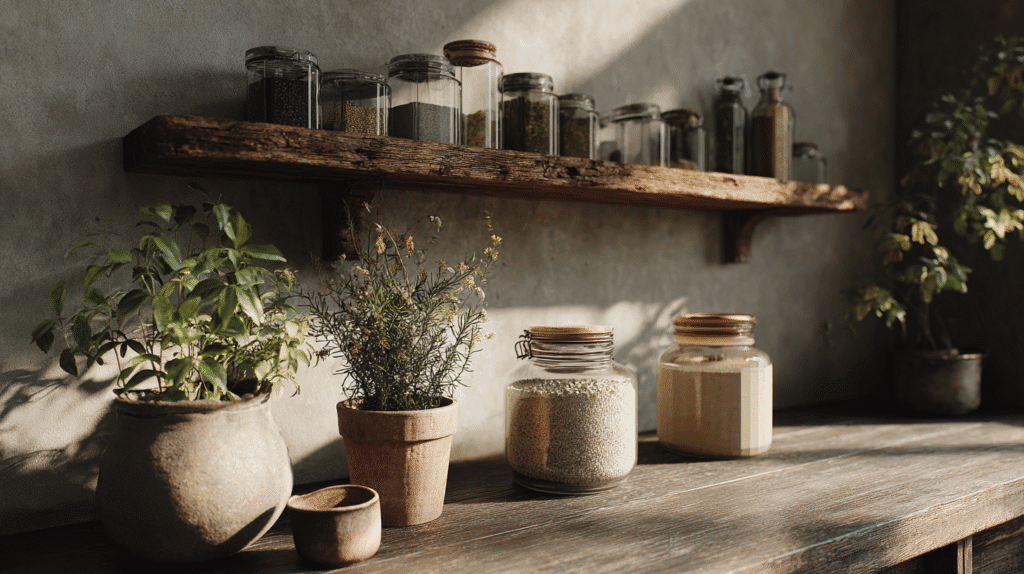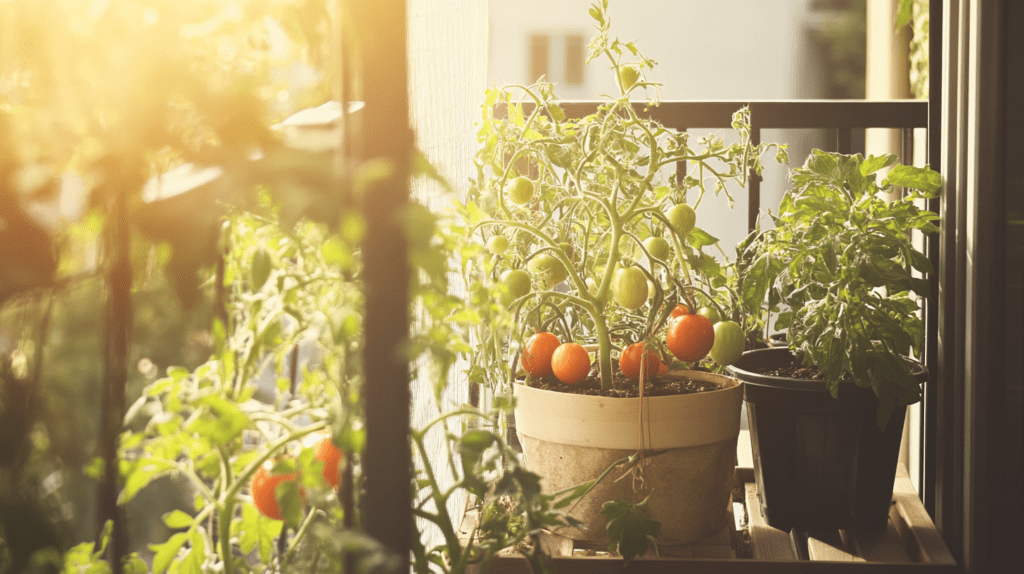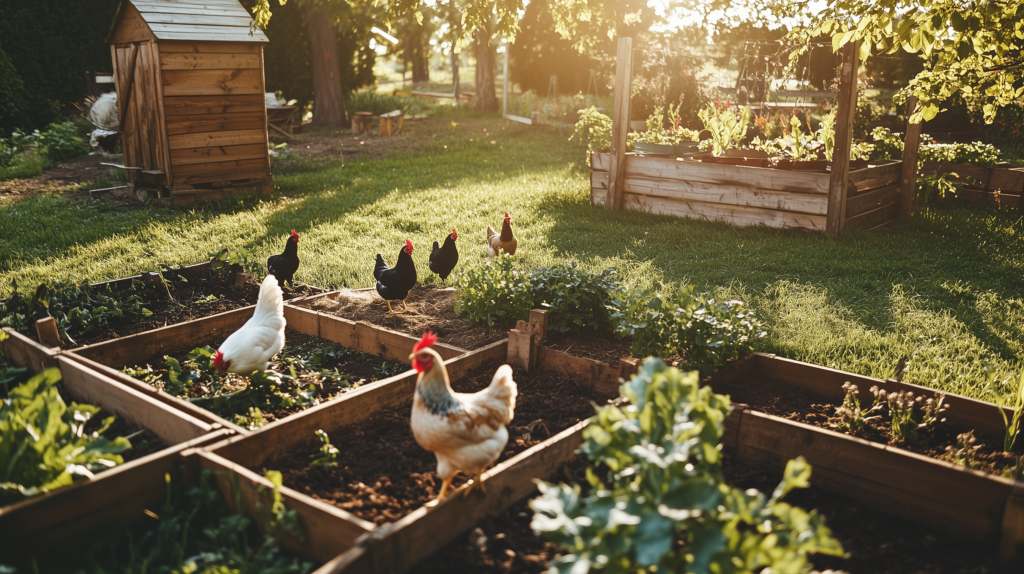This post may contain affiliate links, including those from Amazon Associates. If you make a purchase through these links, I may earn a commission at no additional cost to you. Learn more about our affiliate policy.
Somewhere between my first apartment windowsill basil plant and a batch of homemade cleaning spray, I began to feel a shift. Even without land, chickens, or a garden shed, I was making my way back to something whole.
In today’s world, the idea of self-sufficient living might feel like a luxury reserved for rural homesteads, but it’s absolutely possible, even in a small apartment.
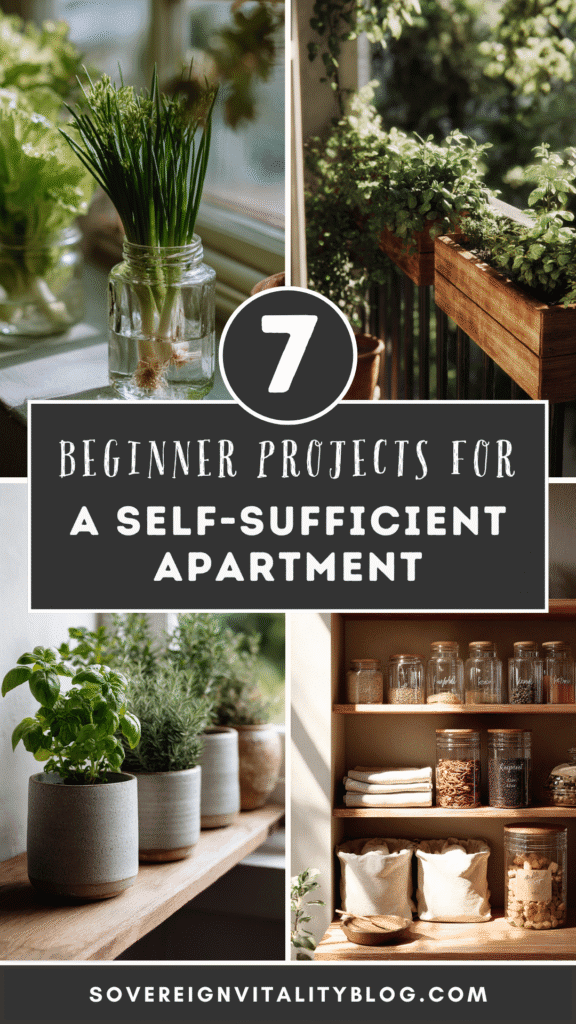
You don’t need acres. You need intention, a few well-chosen projects, and a willingness to begin where you are.
Here are seven beginner-friendly ways to step into apartment homesteading, reclaim a bit more sovereignty, and feel deeply connected to the space you call home.
1. Grow Herbs on Your Windowsill
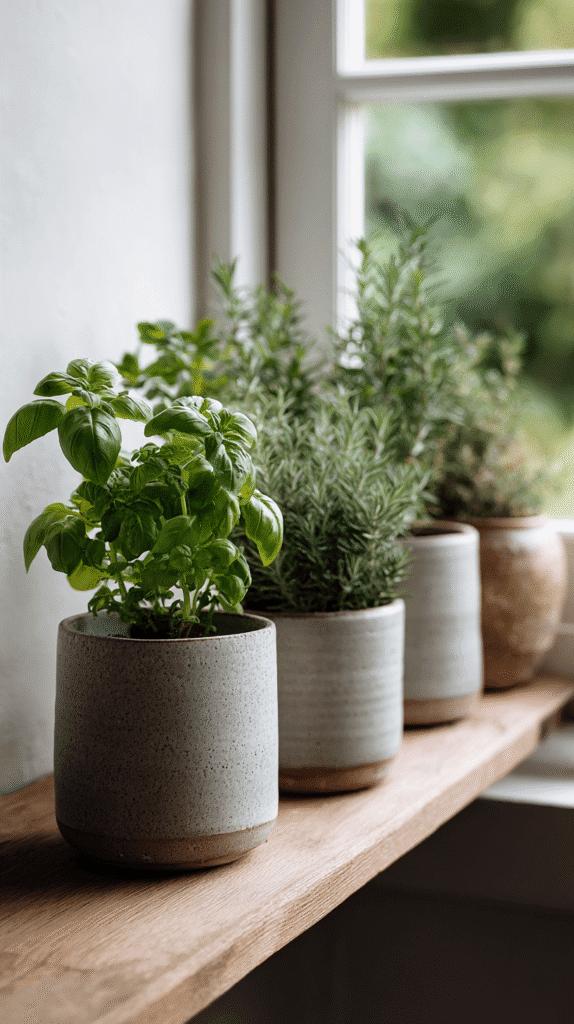
If you’ve never grown anything before, herbs are the easiest introduction to gardening.
They’re forgiving, practical, and instantly elevate everyday meals. My first herb garden was a small collection of mint, basil, and thyme on a sunny windowsill. Even in that small, sunlit corner, I felt the first flicker of self-sufficiency.
Choose herbs suited to your space:
- Basil: Loves bright, indirect sunlight. It’s perfect on a sunny kitchen windowsill.
- Mint: Thrives even in lower-light areas, making it an apartment gardener’s best friend.
- Thyme and Rosemary: Need slightly more sun but are incredibly resilient once established.
Water herbs when the top inch of soil feels dry, and remember: good drainage is essential.
I love drying my extra herbs hung upside down in bundles, to flavor meals throughout the year. Here are some other easy ways to grow and dry your herbs in small spaces.
Ready to start your own? Here’s my complete guide: How To Start Your First Apartment Herb Garden.
2. Make Your Own Natural Cleaning Products
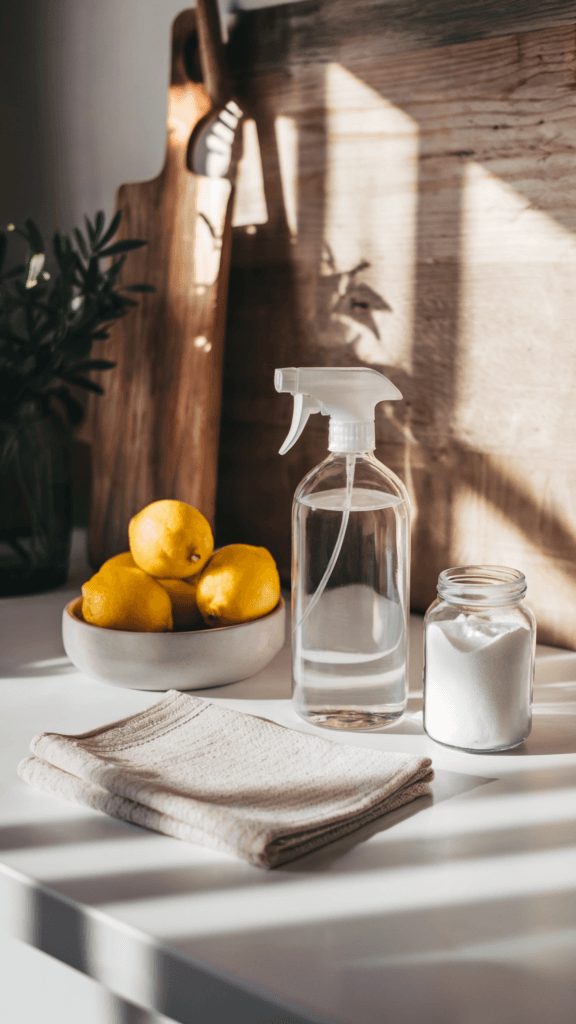
Switching to homemade cleaners might seem small, but for me, it was revolutionary.
It shifted my reliance away from the store and back into my hands. Plus, homemade cleaning products are affordable, non-toxic, and can even outperform those store-bought brands.
My go-to all-purpose cleaner requires just three ingredients:
- White vinegar
- Citrus peels (lemon, orange, grapefruit)
- Essential oils (optional, but lovely. My favorites are lavender and eucalyptus)
Simply fill a glass jar with citrus peels, cover with vinegar, and let steep for two weeks. Strain into a glass spray bottle and add essential oils if you wish. I label mine with simple tags or a water-based marker.
For more homemade recipes: 9 Easy DIY Homemade Cleaning Product Recipes for a Healthier Home.
3. Set Up a Balcony Garden (or Vertical Garden Indoors)

A balcony or small outdoor space can yield surprising abundance even in a high-rise apartment.
My first balcony garden was a modest cluster of pots and hanging planters filled with tomatoes, lettuce, radishes, and edible flowers. I made plenty of mistakes (like overcrowding plants!), but each small harvest felt miraculous.
Here’s what I learned:
- Hanging pots and railing planters vertically maximizes space (and can look so beautiful!)
- Don’t overcrowd your containers and use the art of companion planting to maximize space.
- Small vegetables and leafy greens grow easily in containers. You can even grow potatoes in containers like fabric grow bags.
If you don’t have outdoor space, vertical gardening works beautifully indoors, too. Start small, perhaps with salad greens or microgreens, and watch your confidence bloom.
For more budget-friendly gardening tips: 10 Free or Cheap Ways To Be More Self-Sufficient in the City.
4. Create a Mini Pantry System in a Closet or Cabinet
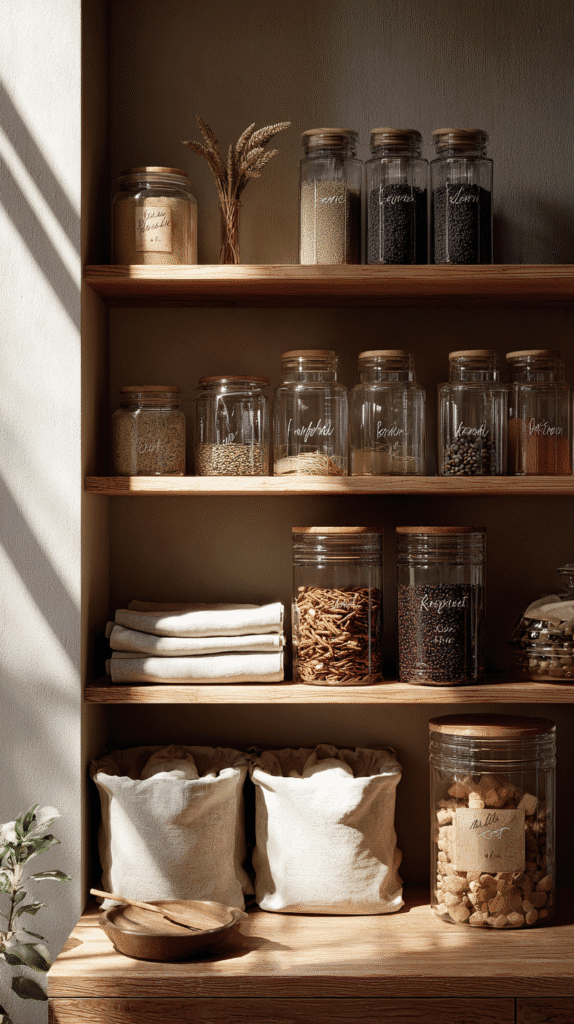
When space is limited, creativity is essential.
My first pantry wasn’t a pantry at all, it was a hallway closet. With a few bins, jars, and shelf risers, I transformed it into a tidy system for storing dry goods, herbs, tinctures, and home-dried foods.
If your kitchen space allows, find and refinish a cabinet to utilize as your pantry. In the past I did this with a thrifted Ikea cabinet and it worked like a charm.
To make your own:
- Maximize vertical space with stacking bins or shelves.
- Clearly label glass mason jars or bins (masking tape and a marker are perfect).
- Stock slowly and add a few bulk items each month like rice, beans, oats, and spices. Label each item with the date to keep track of freshness.
This simple system made my apartment feel intentional and prepared, even in uncertain moments. I love cleaning out the odds and ends from my pantry to make nourishing meals.
5. Learn a Food Preservation Skill
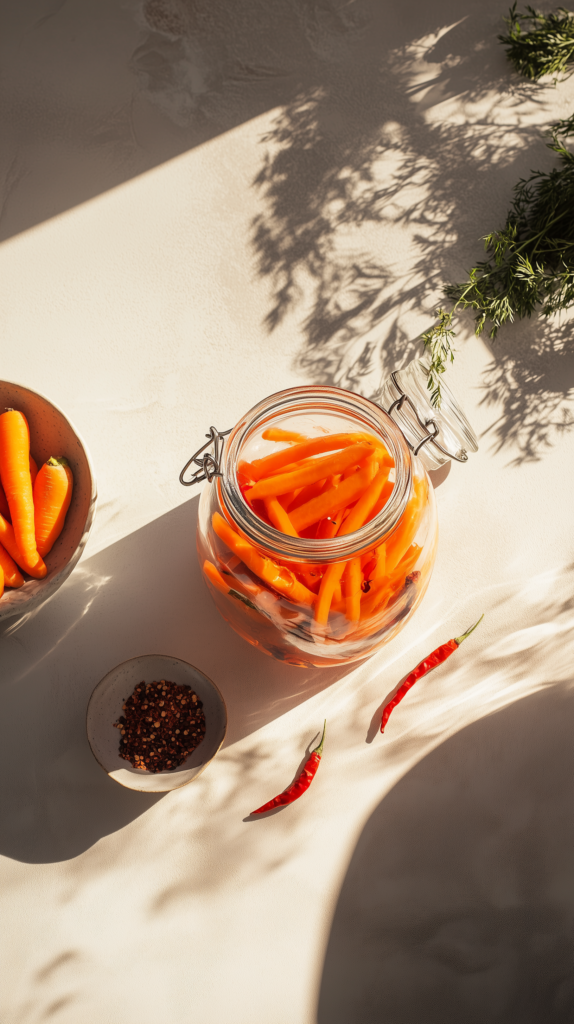
Food preservation might sound intimidating, but it’s simpler than you imagine.
My first step was fermenting vegetables. One weekend, armed with a bag of carrots and onions, salt, and a glass jar, I made my first batch. It felt empowering to not rely on the grocery store as much.
Pick one method to start:
- Fermenting: Carrots, onions, cabbage utilizes just salt, water, and jars. Get started with this complete beginner fermentation kit.
- Dehydrating: Herbs, fruit slices, vegetable chips (use your oven’s lowest setting).
- Freezing: Berries, spinach, soups. Store flat in reusable containers.
- Canning: Jams, pickles, sauces (start with water-bath methods).
For more easy ideas: 6 Easy Ways to Preserve Food Without Canning and 7 Quick Pickled Vegetable Recipes for Urban Homesteaders.
6. Start a Compost System (Even Without a Yard)
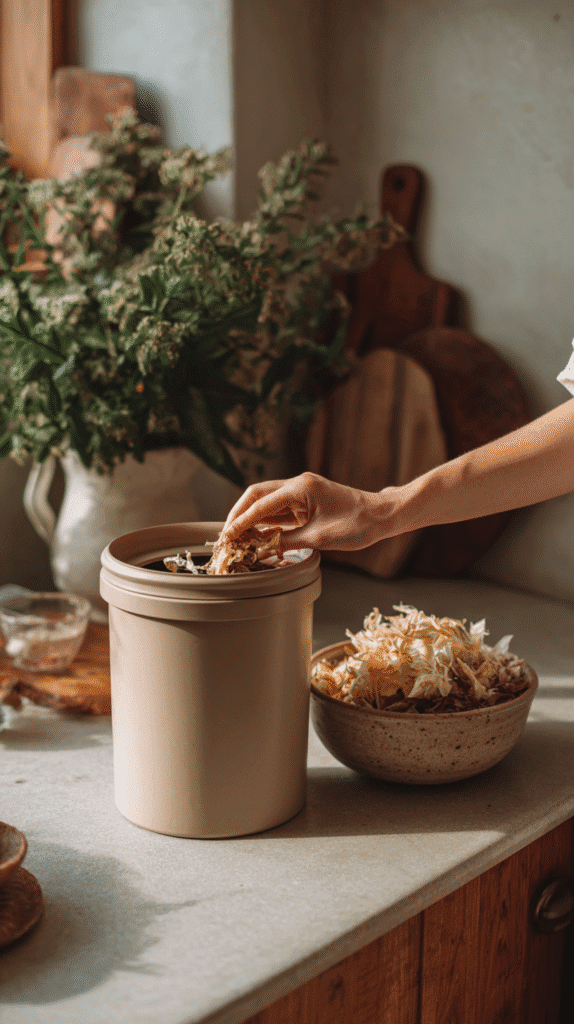
Even in an apartment, composting is possible.
My first compost bin was a simple container tucked beneath my sink. I started with kitchen scraps and some shredded newspaper. Watching waste transform into nutrient-rich soil was nothing short of magic.
Apartment composting methods include:
- Vermicomposting: Worm composting in a small bin under your sink.
- Bokashi Composting: Fermenting scraps in an airtight container. This is odor-free and fast.
- Local Compost Drop-off: Check if your city offers composting facilities or community drop-off points. You can keep your scraps in a container in the freezer to ward off smells.
Start small and see how quickly you can reduce kitchen waste while nurturing your plants.
7. Join a Local Food or Gardening Community
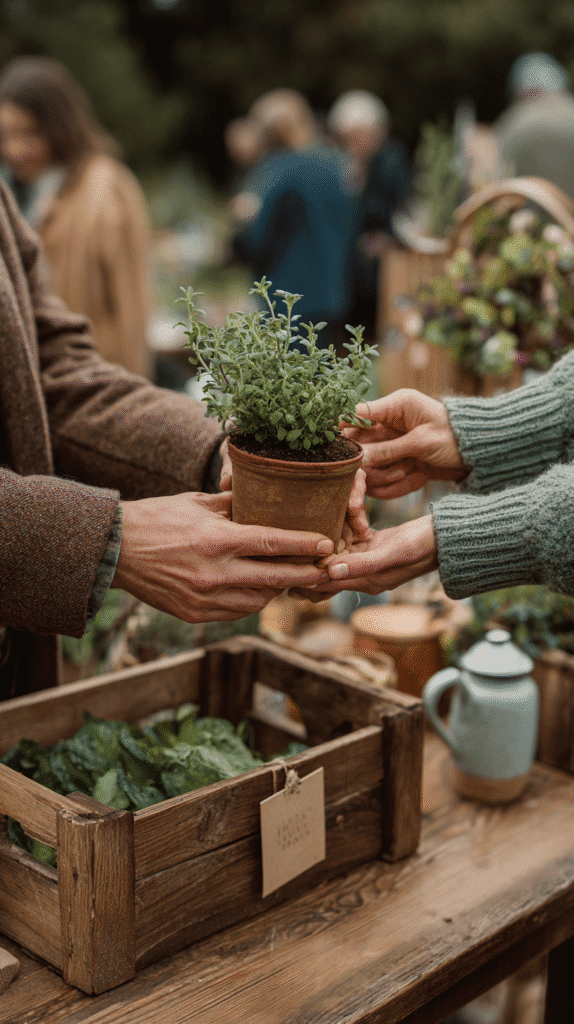
Self-sufficiency doesn’t mean isolation. In fact, true sovereignty often blossoms within community.
Joining a local food or gardening group transformed my urban homesteading journey from solitary to supported.
Ways to find your community:
- Attend seed swaps at local gardening centers or herbal shops.
- Join a community garden, most cities have shared gardening spaces.
- Connect through online forums or Facebook groups specifically for urban gardeners and homesteaders.
The friendships and skills I’ve gained from these connections have been invaluable.
Discover more ways to connect: 10 Ways to Be More Self-Sufficient While Living in a City.
Closing Reflection
This isn’t about doing everything at once. It’s about doing one small thing that reminds you that you have agency. You can grow, create, preserve, and plan in ways that align with your values.
Maybe today, self-sufficiency looks like a pot of basil on your windowsill, a batch of homemade cleaner, or a shared jar of fermented vegetables.
Each tiny act is a powerful reclamation of your capacity to nurture and sustain yourself.
Remember: No land? No problem. Self-sufficiency is a mindset. And it can take root right here, in your apartment.

